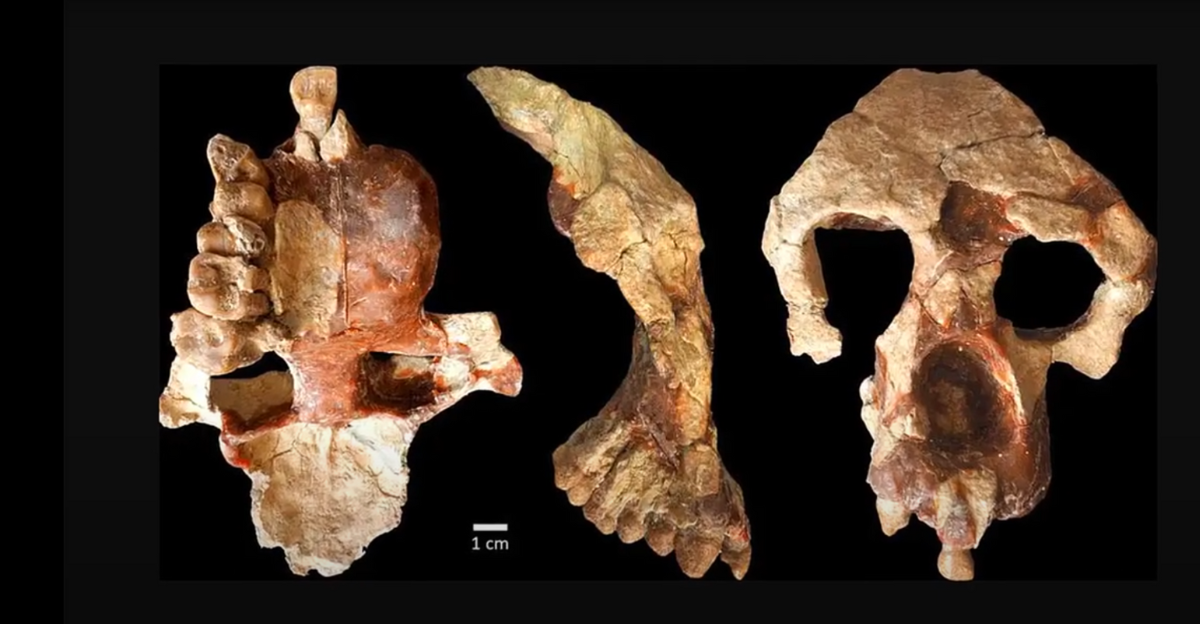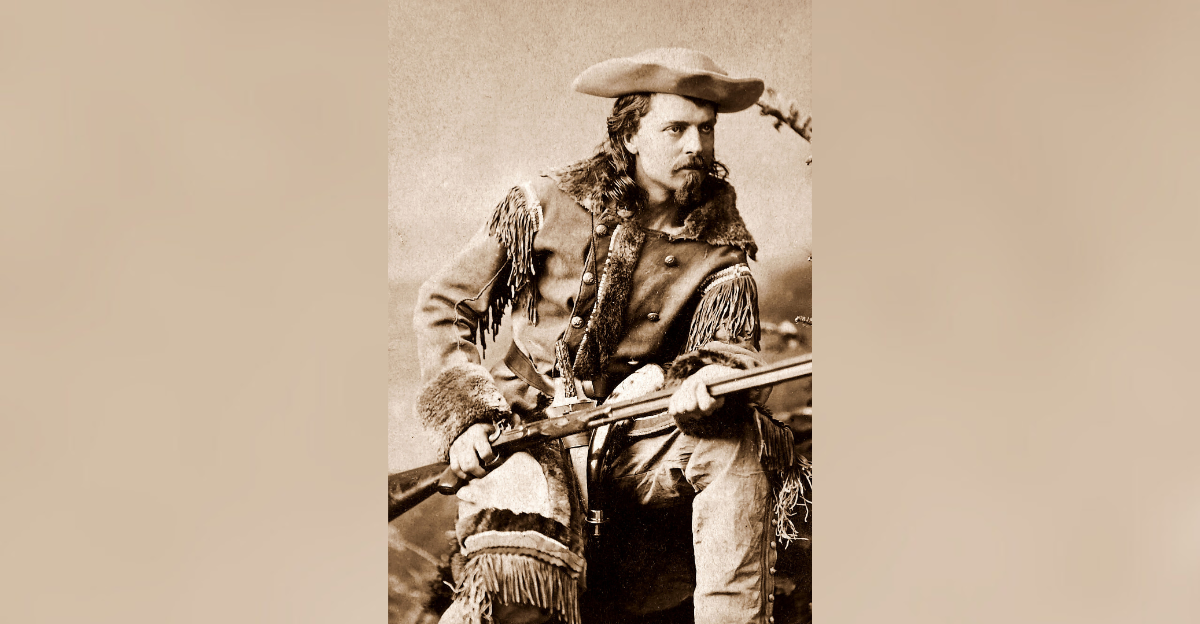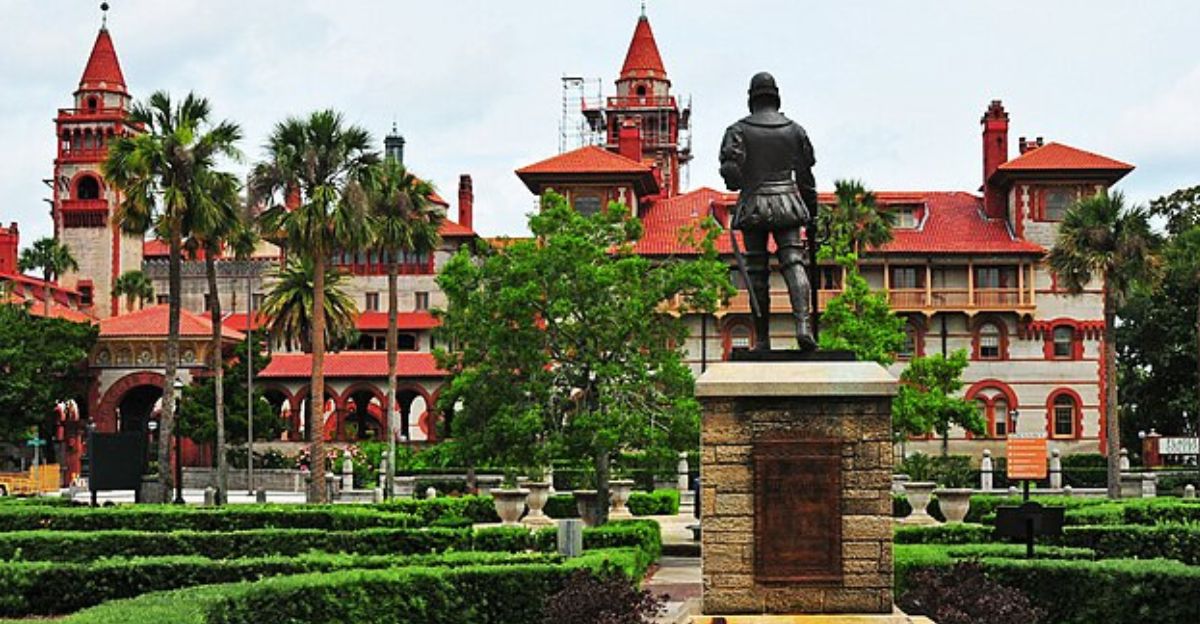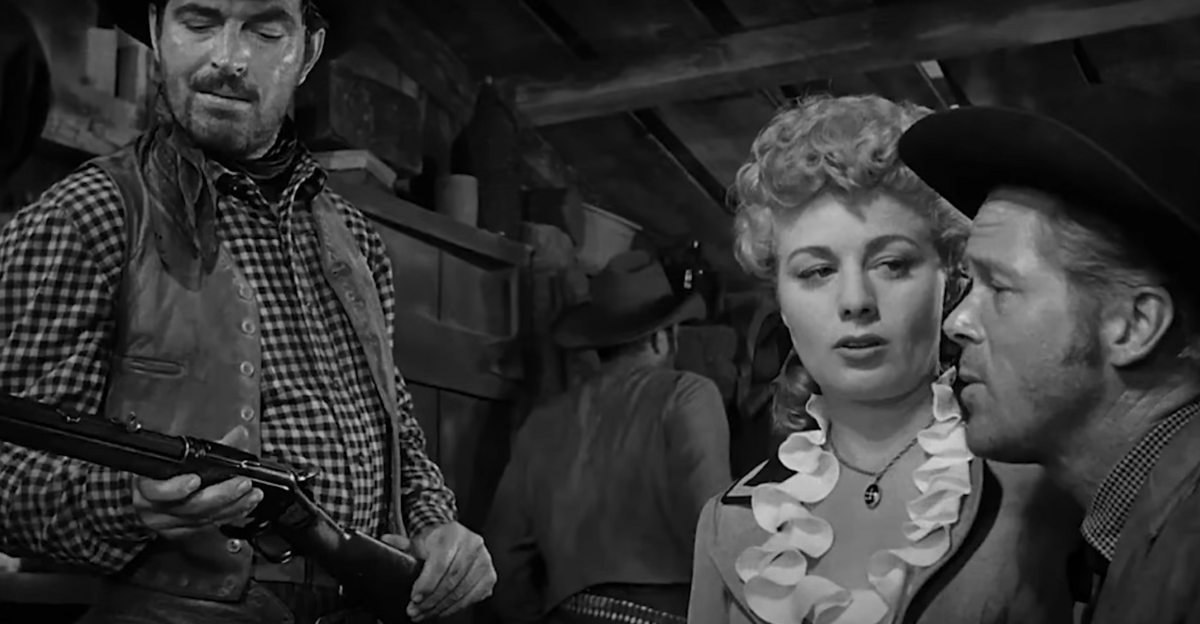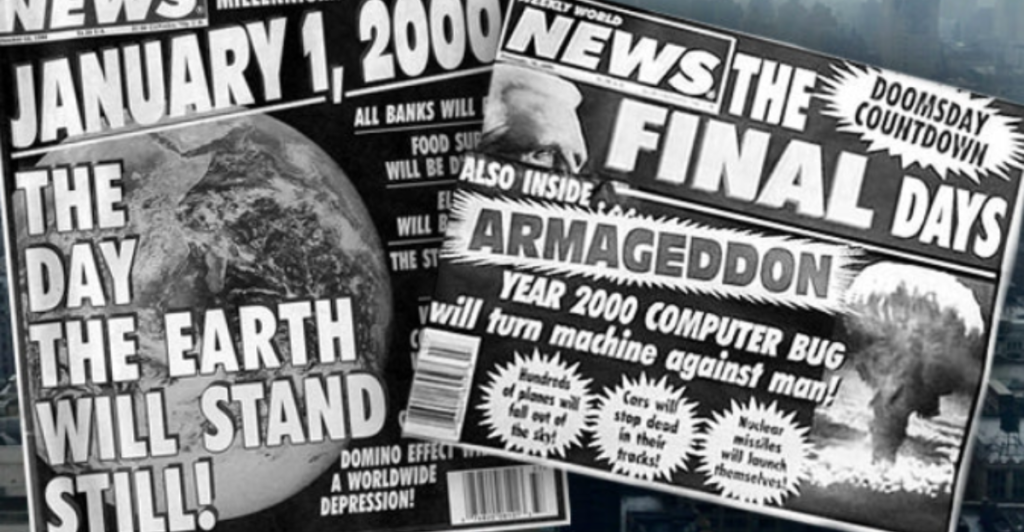
As the 20th century ended, the world was bracing for a digital apocalypse. The Y2K bug, a fairly mundane computer glitch, brought on widespread anxieties that led to global chaos. Planes were going to fall from the sky, banks were going to erase fortunes, and nuclear power plants were going to melt down—all because computers might mix up the year 2000 with 1900. Governments, businesses, and individuals spent billions on patches, but no one had a clue whether disaster would strike at the stroke of midnight. Let’s revisit the hysteria in eight interesting photos, exposing the silliness, preparation, and takeaways of one of history’s biggest tech panics.
1. The Infamous Countdown: New Year’s Eve in Times Square
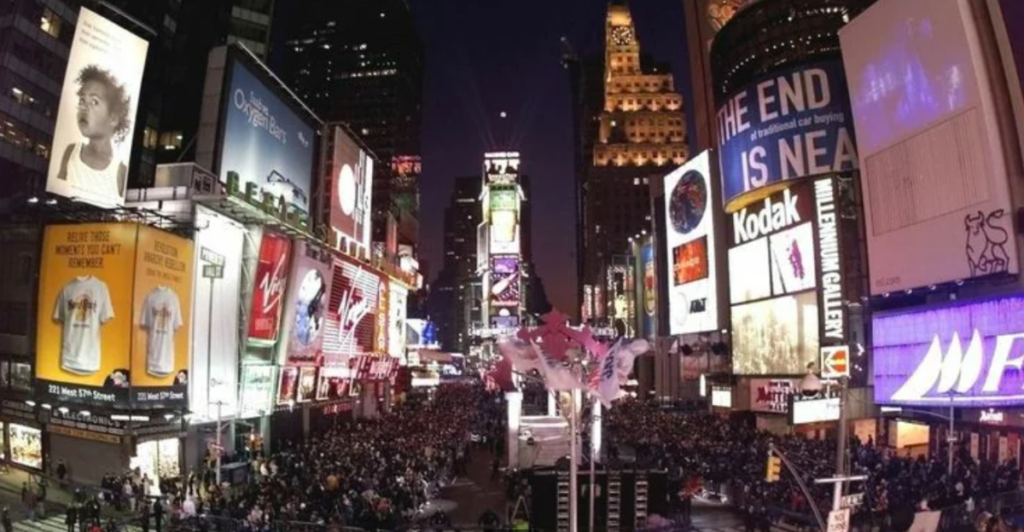
The rest of the world held its breath as 1999 became 2000. In Times Square, a wave of anxious faces watched the ball drop, half-expecting lights to flicker out and chaos to ensue. But instead, the party continued without incident. This was the peak of fear and thrill that dominated the Y2K era.
2. Bunkers and Hoarders: The Survivalist Response

Afraid of mass infrastructure collapse, doomsday preppers stocked pantries with canned goods, water bottles, and even gas masks. Others went to the most extreme measures, building underground bunkers in anticipation of an electricity-free, bank-free, and telecommunications-free world. This photo of families scrambling to stockpile food, toilet paper, and even washing powder is now a humorous reminder of misdirected panic.
3. Governments on Edge: The Pentagon’s Emergency Command Center
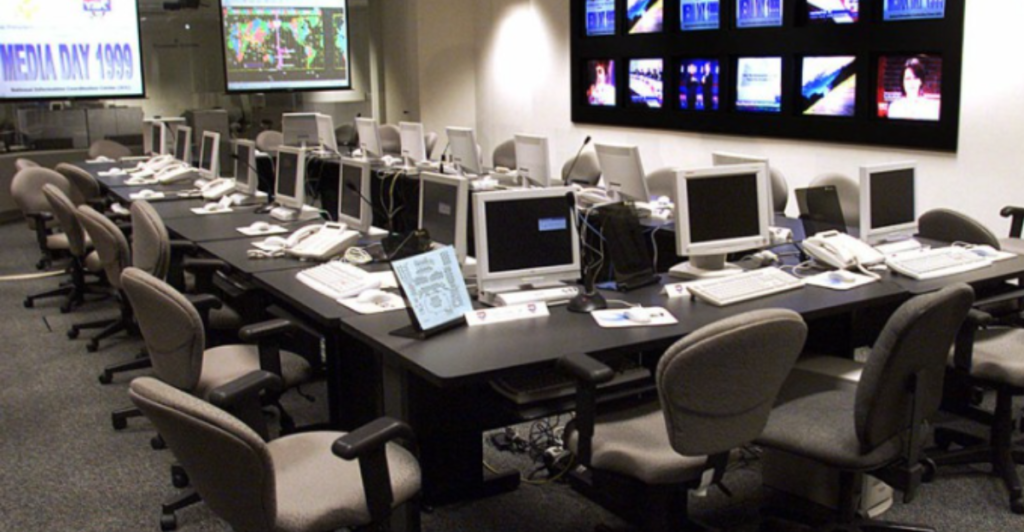
The U.S. government viewed Y2K as a potential national security threat. One of the most memorable photos at the Pentagon shows officials monitoring worldwide computer systems on the eve of the new millennium. While no one was actually harmed, the military had backup plans in place, including manually launching nuclear missiles in the event automated systems failed.
4. Corporate Caution: Tech Giants Preparing for Impact
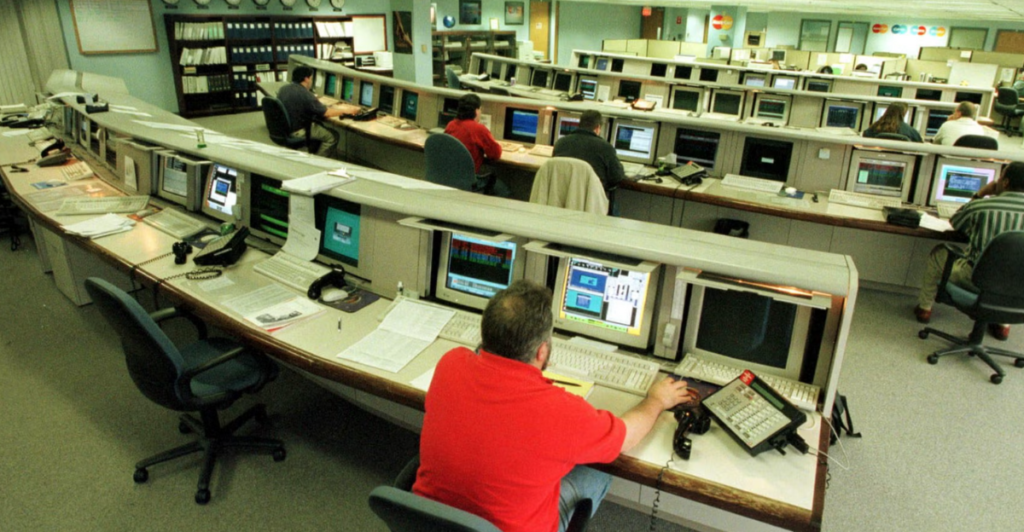
IBM, Microsoft, and other technology corporations (even banks) invested billions in Y2K remedies. The photo of code writers gathered at computers in the last hours of 1999 that was circulating far and wide is a representative snapshot of industry jitters. Though often criticized as an overreaction, these exercises most probably ensured actual disruptions didn’t occur, validating that the tech community was not merely hyping chaos for profit.
5. Banks on the Brink: Long Lines at ATMs

As news traveled that financial records could be wiped out at midnight, people rushed to take out cash, believing ATMs would fail. A dramatic photo of a packed ATM bank in 1999 illustrates how seriously the public took the threat. However, when the year 2000 arrived, account balances were still there, and the financial system was unshaken.
6. Airline Anxiety: Empty Flights on New Year’s Eve
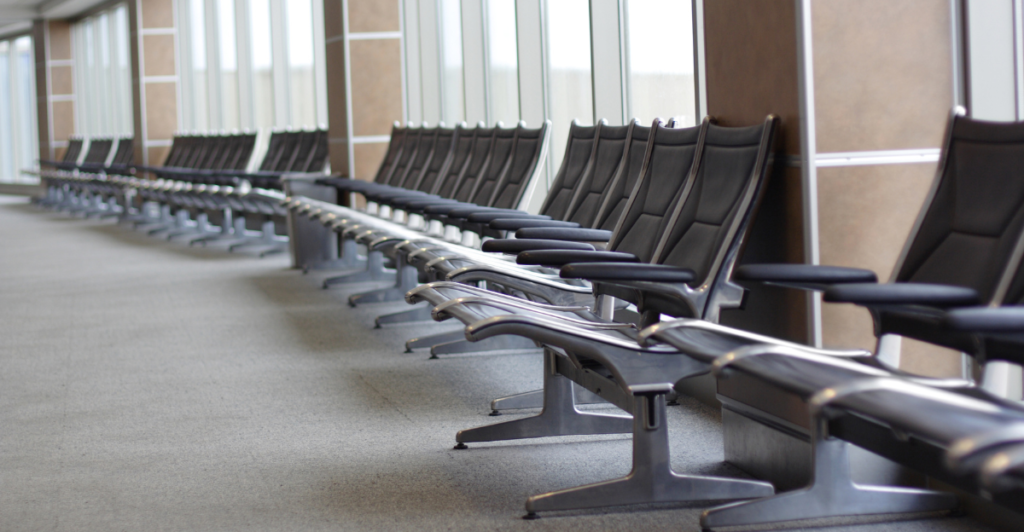
Many tourists canceled December 31, 1999, flights out of fear that planes would just fall out of the sky, as Y2K bugs paralyzed critical systems. A picture of eerily empty airport terminals best describes this widespread fear. U.S. air carriers even tested their aircraft by setting the clock forward to see if the planes would remain in the air to assure travelers that they would have their systems Y2K-ready, but many played it safe, leaving some airports completely empty.
7. Media Madness: Sensationalist Headlines and Predictions

The media was also at the center of disseminating Y2K fear. Tabloid headlines heralding blackouts, riots, and economic disaster-filled news racks. One more sensational front page in 1999 has a bold, screaming headline “ARMAGEDDON” in bold letters, outlining how the media sensationalized a technical glitch into an apocalypse theme.
8. The Religious Connection: Prophets of Doom
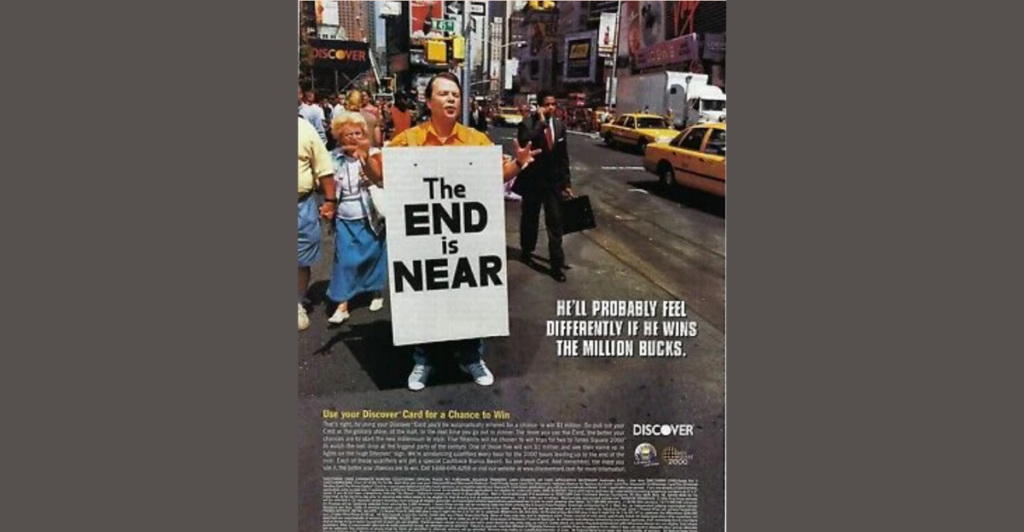
Y2K panic overlapped with millennial religious fears. Some groups believed the bug signaled the end times, with apocalyptic preachers warning of divine punishment. A famous image of a street preacher holding a “THE END IS NEAR” sign on December 31, 1999, exemplifies how technology and religious prophecy merged into one in a surreal moment in time.
The Aftermath: A World Unchanged
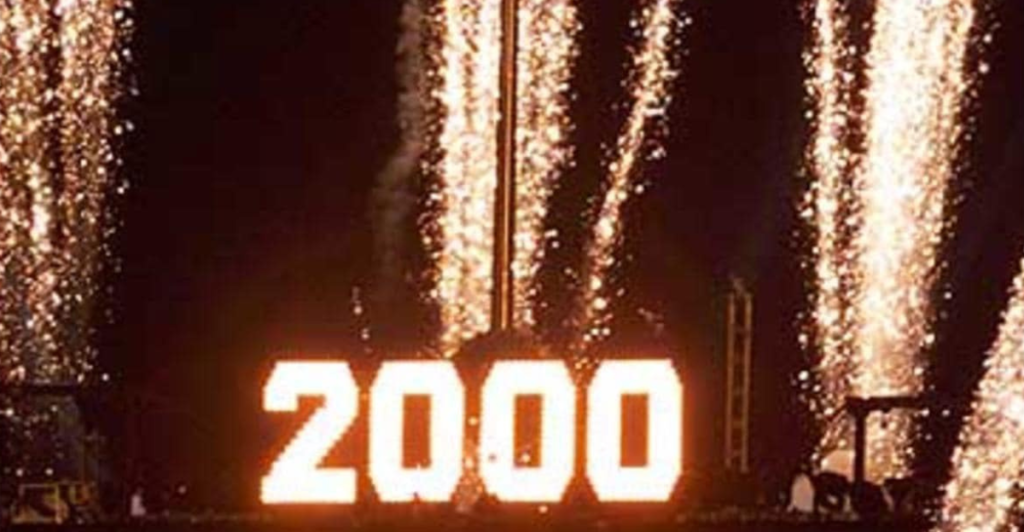
When morning came on January 1, 2000, business carried on as usual. The incredulous expressions of television newsreaders on an early-morning news program became a symbol of the anticlimax of the night before. While there were a few minor hiccups, the predicted meltdown did not occur. Some heralded the success of Y2K readiness; others labeled it an overhyped response.
Sources
‘Here We Go. The Chaos Is Starting’: An Oral History of Y2K
20 years ago, the world was panicking over Y2K




